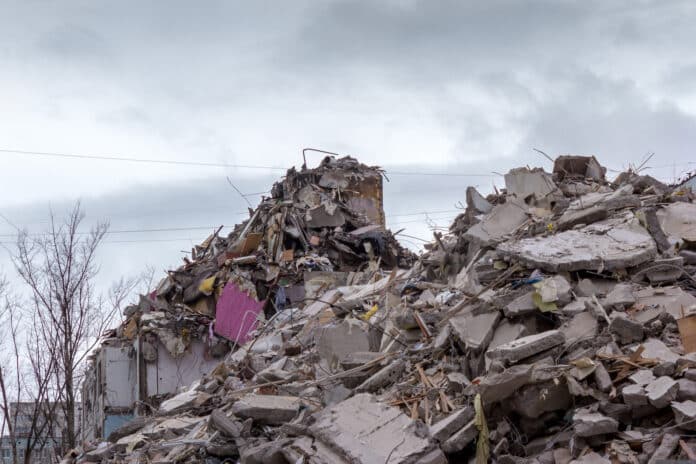Seismic tremor signals (long-period, long-duration signals) have been detected in many areas where fluid injection is used for enhanced oil and gas development. However, the origin of these signals is still unknown.
It has been estimated that carbon dioxide fracking could save as much carbon as one billion solar panels each year. It is much easier on the environment to frack with liquid CO2 than with wastewater, which does not keep carbon out of the atmosphere. It has been confirmed that fracking causes slow, small earthquakes or tremors, previously unknown to scientists. These tremors are caused by the same factors that can cause massive, destructive earthquakes.
This new study analyzed data from fracking with liquid carbon dioxide, the high-pressure injection of fluids underground to produce oil and natural gas. Carbon is pushed underground, preventing it from maintaining heat in the Earth’s atmosphere.
Researchers have predicted that long-term carbon storage will be needed to combat climate change. Two main challenges must be overcome for a viable scheme: collecting carbon from fossil fuels, air, or oceans and storing it. It is difficult to implement a feasible scheme due to these technical and economic hurdles, which may cost too much to be possible.
The research looks into a mechanism that sequesters carbon underground, which could positively affect sustainability and climate science. However, the findings of this study almost possibly apply to water-based fracking, both known to cause earthquakes.
On a seismograph, regular earthquakes and tremors show up differently, with large quakes producing quick jolts with high amplitude pulses and tremors being softer, rising slowly above background noise with considerably less amplitude and then slowly diminishing.
Abhijit Ghosh, associate professor of geophysics at the University of California Riverside, said, “We are pleased that we can now use these tremors to track the movement of fluids from fracking and monitor the movement of faults resulting from the fluid injections.”
A previous study examined a process design that shares some of the characteristics of the current approach. A study looked at a process that used Fischer-Tropsch synthesis of transportation fuels with biomass co-feed to achieve zero life-cycle carbon emissions. The technology required injecting CO2 into the Earth, but no fracking was planned. It contains key reforming and combined-cycle power generation elements with extra features and more detail.
Seismologists have debated the cause of the tremors. While some studies claimed that the tremor signals were from significant earthquakes occurring thousands of miles away, others hypothesized that they could have been noise produced by human activities, such as the motion of trains or industrial gadgets.
He said, “Seismometers are not smart. You could drive a truck nearby or kick one with your foot, and it would record that vibration. That’s why we didn’t know if the signals were related to the fluid injections.”
The researchers used seismometers around a fracking facility in Wellington, Kansas, to pinpoint their source. The data included the six-month fracking injection period and a month before and after the injections. After removing the background noise, the researchers discovered that the remaining signals were generated below Earth and only visible during the fluid injections.
He said, “We did not detect the tremors before or after the injections, which suggests the tremors are related to them.”
The possibility that fracking can cause more powerful earthquakes has long been recognized. One solution would be to stop fracking to prevent faults from moving underground and causing tremors. Ghosh asserts that it is crucial to keep an eye on these processes to comprehend how they are causing the deformation of rocks and follow the flow of fluids after injection.
Companies can identify the fluid injection pressures that shouldn’t be exceeded by using modeling tests, which are frequently done. Staying within these boundaries makes it less likely that the fluids will move toward significant underground faults and cause harmful seismic activity. However, All defects are not mapped.
The researcher said, “We can only model this type of experiment when we know an existing fault exists. There may be faults we do not know of, and we cannot forecast what will happen.”
The conclusion shows that SMR technology can produce CO2 and hydrogen from natural gas and water, which can be used to frac more wells and store carbon underground. However, market share requires infrastructure, and successful implementation needs a supportive political-economic climate.
Journal Reference:
- Abhijit Ghosh, Shankho Niyogi, et al. Tremor signals during fluid injection are generated by fault slip. Science. DOI: 10.1126/science.adh1331
